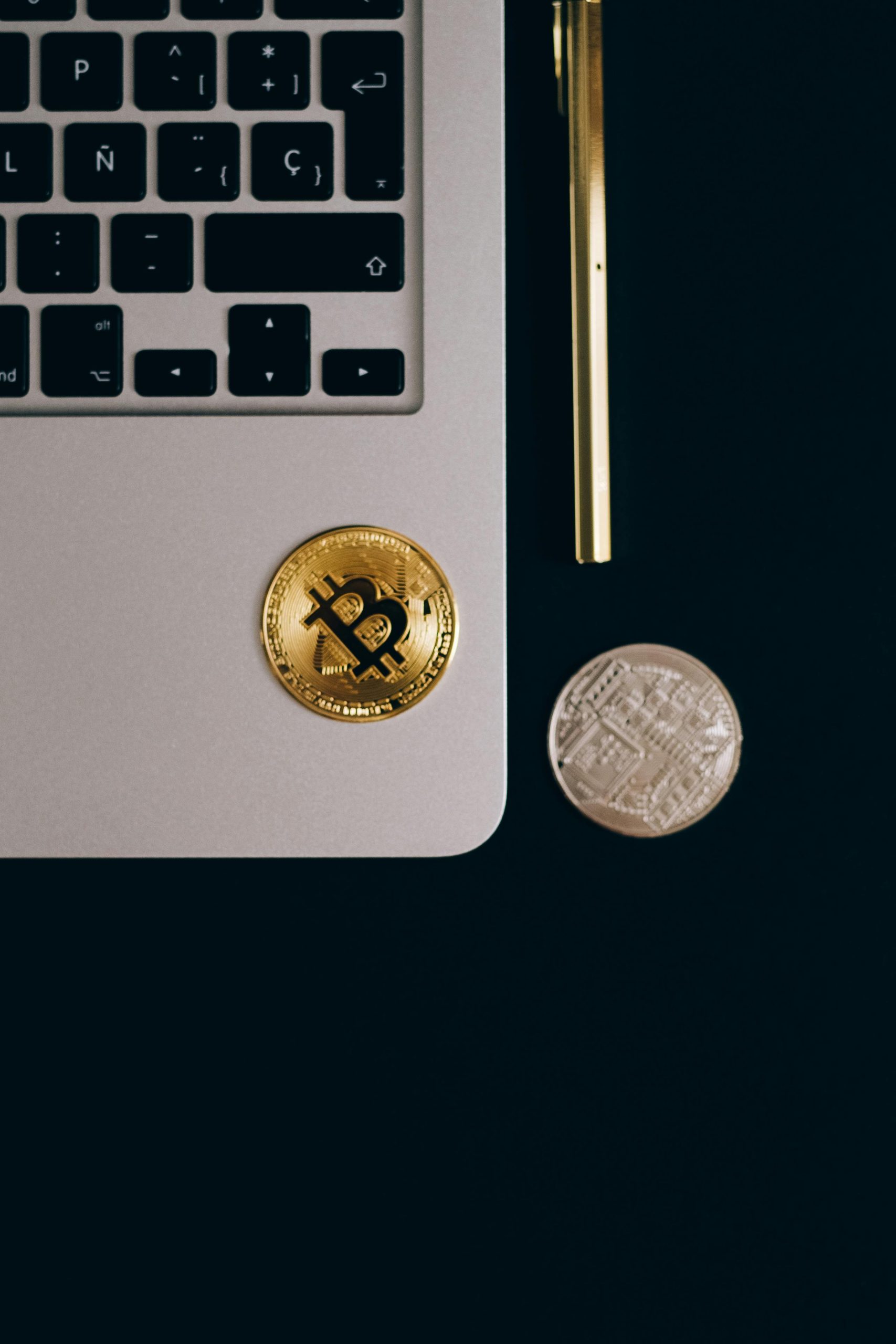Table of Contents
- 1 I. Introduction
- 2 II. Types of Cryptocurrency Exchanges
- 3 III. Security Risks Associated with Cryptocurrency Exchanges
- 4 IV. Security Measures Implemented by Cryptocurrency Exchanges
- 5 V. Regulatory and Compliance Issues
- 6 VI. Future Trends and Innovations in Security
- 7 VII. Case Studies
- 8 VIII. Conclusion
![]()
Cryptocurrency exchanges play a pivotal role in the digital asset ecosystem, facilitating the buying, selling, and trading of various cryptocurrencies. As the value of cryptocurrencies has surged and their adoption has expanded, the security of these exchanges has become a critical concern. This article delves into the types of cryptocurrency exchanges, associated security risks, implemented security measures, regulatory issues, and future trends in security.
I. Introduction
Definition of Cryptocurrency Exchanges
Cryptocurrency exchanges are platforms where users can exchange digital assets for other cryptocurrencies or fiat currencies. They come in two main types:
- Centralized Exchanges (CEX): These platforms act as intermediaries, holding users’ funds and facilitating trades through order-matching engines. Examples include Binance, Coinbase, and Kraken.
- Decentralized Exchanges (DEX): These platforms operate without a central authority, utilizing smart contracts to enable direct peer-to-peer trading. Examples include Uniswap, SushiSwap, and PancakeSwap.
Importance of Security in Cryptocurrency Exchanges
The security of cryptocurrency exchanges is paramount due to their handling of substantial financial transactions and sensitive user information. Effective security measures protect users’ assets, maintain trust in the platform, and ensure regulatory compliance.
II. Types of Cryptocurrency Exchanges
A. Centralized Exchanges (CEX)
- Characteristics
- Custodial Wallets: Centralized exchanges store users’ funds in custodial wallets, which are controlled by the exchange.
- Order Matching Engines: These engines match buy and sell orders from users, executing trades based on predefined criteria.
- KYC/AML Compliance: CEXs often implement Know Your Customer (KYC) and Anti-Money Laundering (AML) procedures to comply with regulatory requirements.
- Examples
- Binance: One of the largest and most popular exchanges globally, known for its wide range of supported cryptocurrencies and trading pairs.
- Coinbase: A user-friendly platform based in the U.S., offering a straightforward interface and regulatory compliance.
- Kraken: A well-established exchange with robust security features and a wide array of cryptocurrencies.
B. Decentralized Exchanges (DEX)
- Characteristics
- Non-Custodial Wallets: Users retain control over their private keys and funds, with transactions occurring directly between users.
- Smart Contracts: Automated, self-executing contracts facilitate trades without the need for a central authority.
- Peer-to-Peer Transactions: DEXs enable users to trade directly with one another, often with lower fees.
- Examples
- Uniswap: A leading DEX that utilizes automated market-making (AMM) to facilitate trading.
- SushiSwap: A fork of Uniswap offering additional features and community governance.
- PancakeSwap: A DEX built on the Binance Smart Chain, known for its low transaction fees and fast processing.
III. Security Risks Associated with Cryptocurrency Exchanges
A. Centralized Exchanges (CEX)
- Hacking and Data Breaches
- Examples: The Mt. Gox hack of 2014, which resulted in the loss of approximately 850,000 Bitcoins, and the Bitfinex breach in 2016, where hackers stole about 120,000 Bitcoins.
- Consequences: Financial losses for users, exposure of personal data, and erosion of trust in the platform.
- Internal Threats
- Employee Misconduct: Employees with access to sensitive information or funds may misuse their privileges for personal gain.
- Insider Trading: The potential for insiders to trade based on confidential information can undermine market integrity.
- Regulatory Risks
- Legal Issues: Non-compliance with financial regulations can result in legal penalties and operational restrictions.
- Compliance Failures: Inadequate KYC/AML measures can lead to regulatory sanctions and damage to the exchange’s reputation.
B. Decentralized Exchanges (DEX)
- Smart Contract Vulnerabilities
- Bugs and Exploits: Flaws in smart contract code can be exploited by malicious actors, as seen in The DAO hack of 2016.
- Example: Bugs in smart contracts have led to significant losses and market disruptions.
- Liquidity Risks
- Low Liquidity Issues: Insufficient liquidity can result in high slippage and difficulty executing large trades.
- Price Manipulation: Low liquidity can be exploited to manipulate prices, affecting market stability.
- User Responsibility
- Phishing Scams: Users may be targeted by phishing attacks that trick them into revealing private keys or other sensitive information.
- Loss of Private Keys: If users lose their private keys, they lose access to their funds permanently, as there is no central authority to recover them.
IV. Security Measures Implemented by Cryptocurrency Exchanges
A. Centralized Exchanges (CEX)
- Encryption
- Data Encryption: Ensures that sensitive data, such as user information and transaction details, is protected during transmission.
- SSL/TLS Protocols: Secure Sockets Layer (SSL) and Transport Layer Security (TLS) protocols are used to establish secure connections between users and the exchange.
- Multi-Signature Wallets
- Definition and Functionality: Multi-signature wallets require multiple signatures to authorize transactions, enhancing security by distributing control.
- Examples: Exchanges like Coinbase and Bitfinex use multi-sig wallets to protect users’ funds.
- Cold Storage
- Definition: Cold storage refers to keeping funds offline in secure, physical devices to prevent unauthorized access.
- Implementation and Best Practices: Most exchanges store the majority of their assets in cold storage, with only a small portion kept in hot wallets for operational purposes.
- Two-Factor Authentication (2FA)
- Methods: Common methods include SMS-based authentication and authenticator apps such as Google Authenticator.
- Importance and Effectiveness: 2FA adds an additional layer of security by requiring a second form of verification beyond just a password.
- Regular Security Audits
- External Auditors: Independent security firms are often employed to conduct thorough audits of the exchange’s infrastructure.
- Penetration Testing: Simulated attacks are used to identify and address potential vulnerabilities before they can be exploited.
B. Decentralized Exchanges (DEX)
- Smart Contract Security
- Code Audits: Regular reviews of smart contract code by third-party security firms help identify and rectify vulnerabilities.
- Bug Bounty Programs: DEXs often run programs offering rewards for discovering and reporting bugs or security flaws.
- Decentralized Governance
- Community Voting: Decisions regarding protocol upgrades and changes are often made through community voting, ensuring transparency and collective input.
- Protocol Upgrades: Regular updates to protocols can enhance security and address newly discovered vulnerabilities.
- User Education
- Awareness Programs: Educational initiatives help users understand the risks associated with DEXs and how to protect their assets.
- Best Practices for Security: Users are encouraged to follow security best practices, such as using hardware wallets and avoiding phishing scams.
V. Regulatory and Compliance Issues
A. Global Regulations
- Overview of Key Jurisdictions
- United States: Cryptocurrency exchanges are subject to regulations from bodies such as the SEC and FinCEN, with requirements for KYC/AML compliance.
- European Union: The EU’s regulatory framework includes the 5th Anti-Money Laundering Directive (AMLD5), which mandates enhanced KYC measures for exchanges.
- Asia-Pacific Region: Regulatory approaches vary widely, with countries like Japan and Singapore having well-defined frameworks, while others remain ambiguous.
- Regulatory Bodies and Their Roles
- Financial Action Task Force (FATF): Provides international guidelines for combating money laundering and terrorist financing, influencing regulations for cryptocurrency exchanges.
- Securities and Exchange Commission (SEC): Oversees securities laws in the U.S., including regulations related to cryptocurrencies and initial coin offerings (ICOs).
B. Impact of Regulations on Security
- Enhanced Security Standards: Regulations often lead to the implementation of stricter security measures, including advanced KYC/AML procedures and regular audits.
- Challenges and Controversies: Regulatory compliance can be costly and complex, potentially stifling innovation and creating barriers to entry for new exchanges.
VI. Future Trends and Innovations in Security
A. Advances in Blockchain Technology
- Zero-Knowledge Proofs: A cryptographic method that allows one party to prove knowledge of a fact without revealing the fact itself, enhancing privacy and security.
- Layer 2 Solutions: Technologies like the Lightning Network aim to increase scalability and reduce transaction costs while maintaining security.
B. Emerging Security Protocols
- Post-Quantum Cryptography: Research into cryptographic algorithms resistant to quantum computing attacks, ensuring long-term security for digital assets.
- Privacy-Enhancing Technologies: Innovations such as zk-SNARKs and confidential transactions provide enhanced privacy features for cryptocurrency transactions.
C. Evolution of User Practices
- Adoption of Hardware Wallets: Users are increasingly using hardware wallets, which store private keys offline, reducing the risk of online theft.
- Increased Use of Multi-Sig and Other Security Tools: Multi-signature wallets and other advanced security tools are becoming more common among users and exchanges.
VII. Case Studies
A. High-Profile Security Incidents
- Mt. Gox Hack: The 2014 hack of Mt. Gox, once the largest Bitcoin exchange, resulted in the theft of 850,000 Bitcoins, highlighting the need for improved security practices.
- Bitfinex Breach: In 2016, hackers stole 120,000 Bitcoins from Bitfinex, leading to significant financial losses and changes in the exchange’s security measures.
B. Success Stories
- Exchanges with Strong Security Records: Platforms like Coinbase and Binance have maintained strong security records through rigorous measures and regular audits.
- Innovations That Improved Security: The implementation of advanced technologies, such as multi-sig wallets and regular code audits, has set new standards for security in the industry.
VIII. Conclusion
In summary, the security of cryptocurrency exchanges is a multifaceted issue involving various risks and mitigation strategies. Centralized exchanges face challenges related to hacking, internal threats, and regulatory compliance, while decentralized exchanges must address smart contract vulnerabilities, liquidity risks, and user responsibility. Both types of exchanges employ a range of security measures, from encryption and cold storage to smart contract audits and user education.
As the cryptocurrency landscape continues to evolve, ongoing advancements in technology and security protocols will play a crucial role in safeguarding digital assets and maintaining user trust. Users must remain vigilant and informed about best practices to protect their assets and navigate the dynamic world of cryptocurrency exchanges effectively.
Share This





Be the first to comment